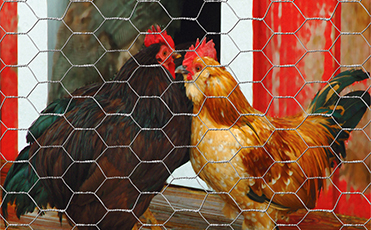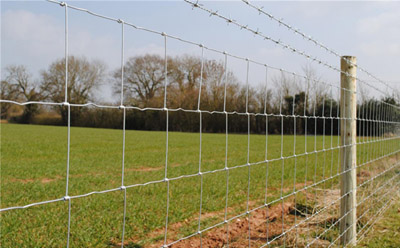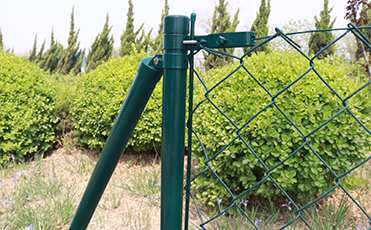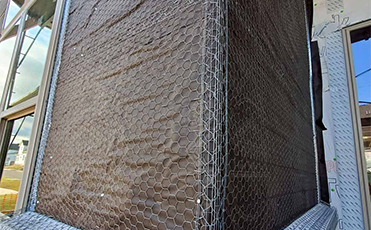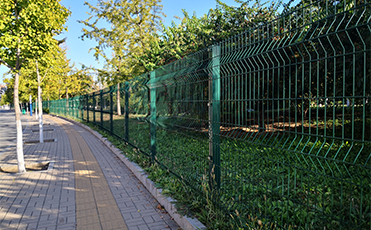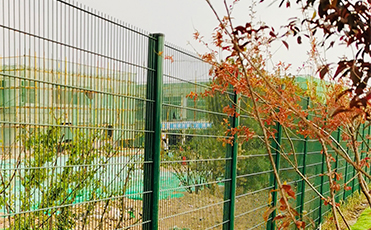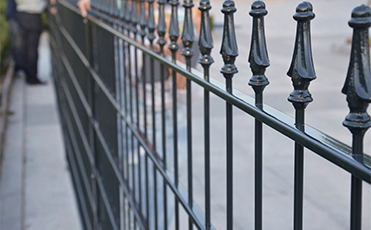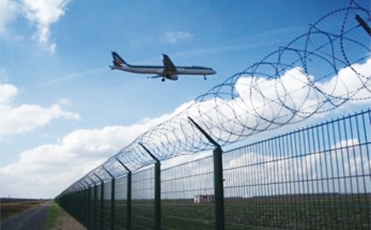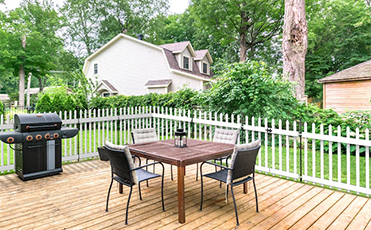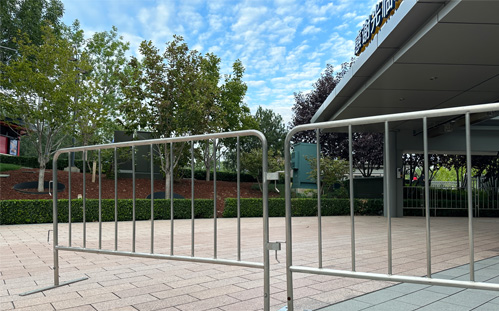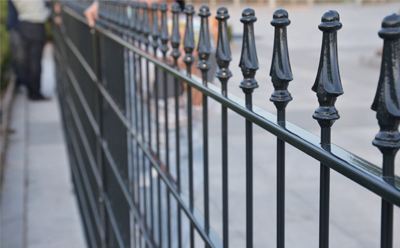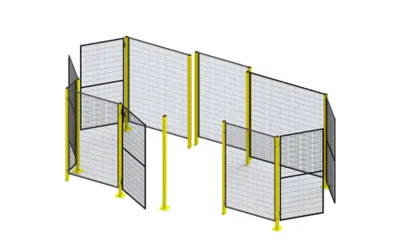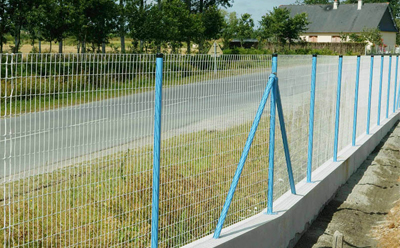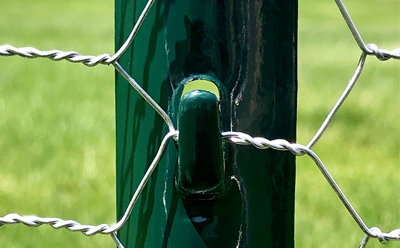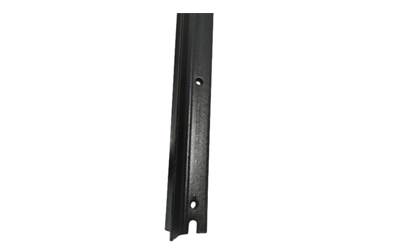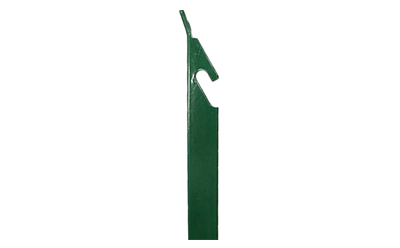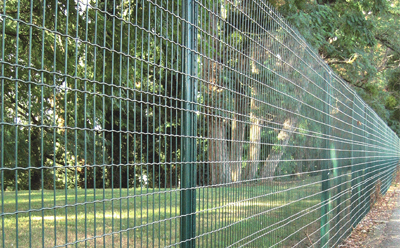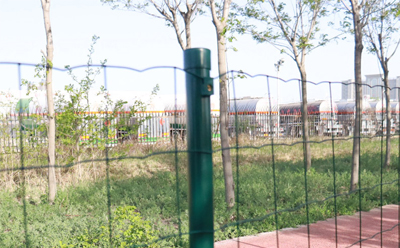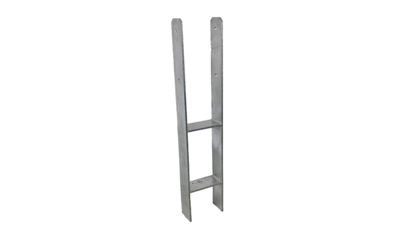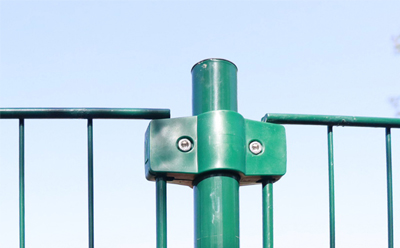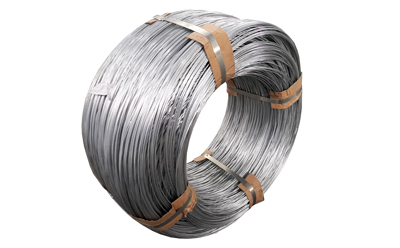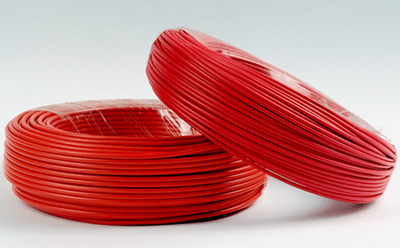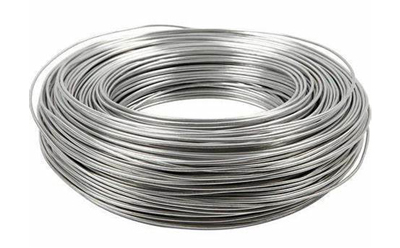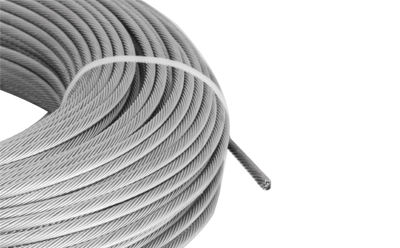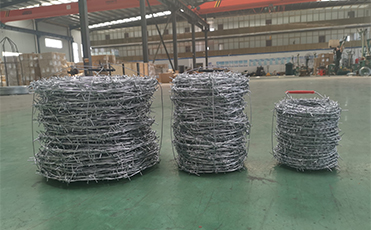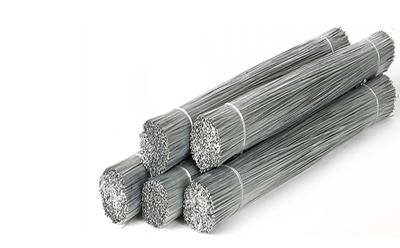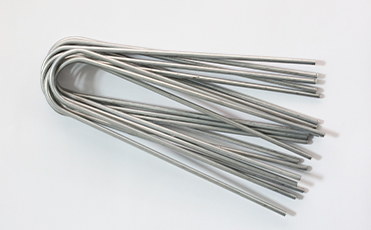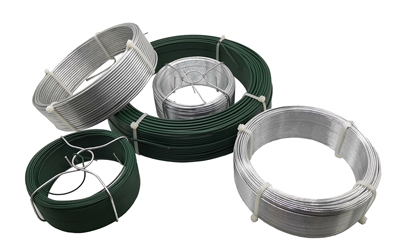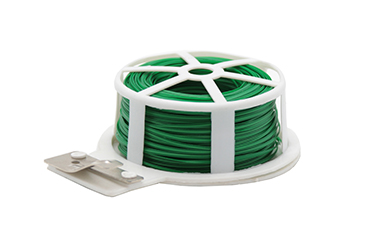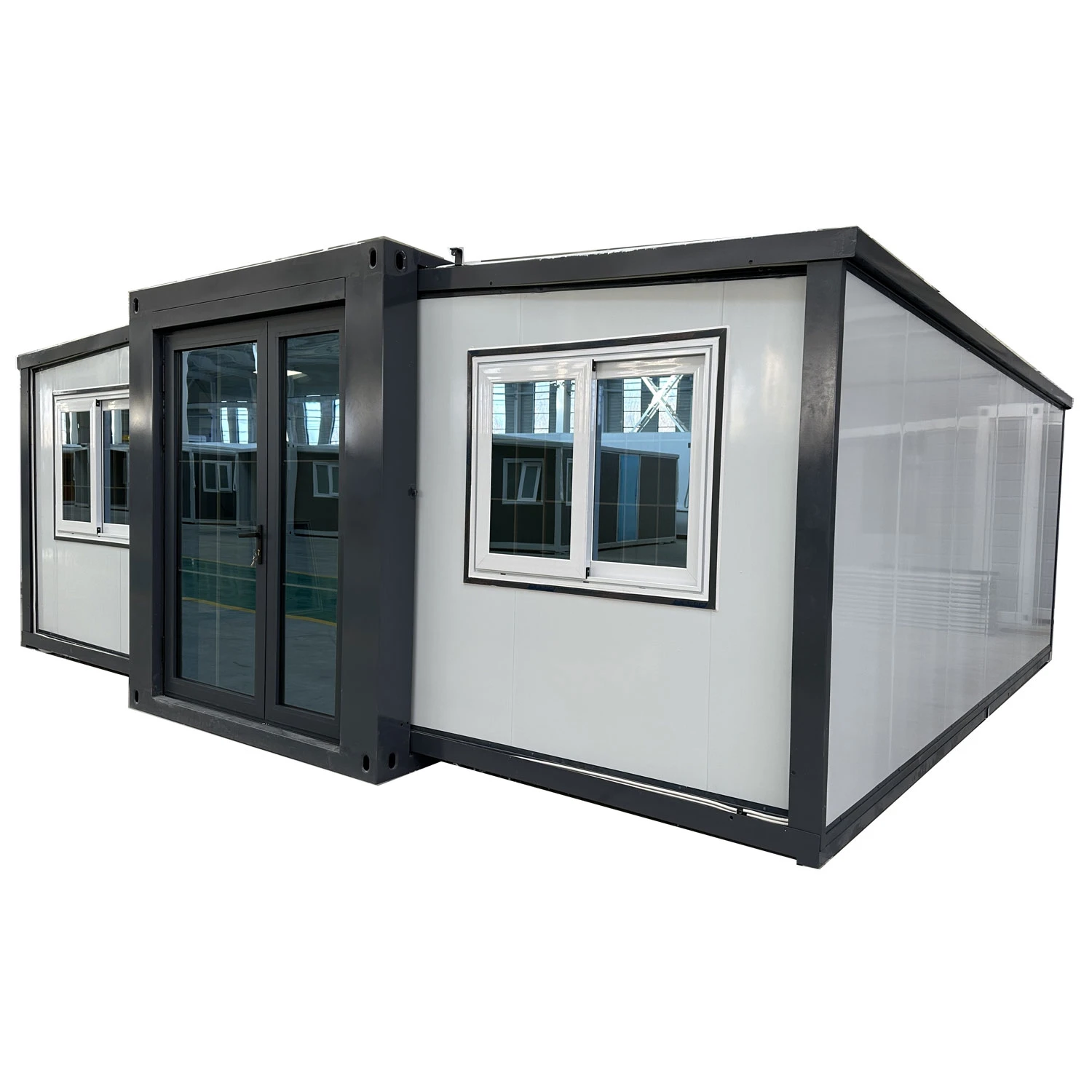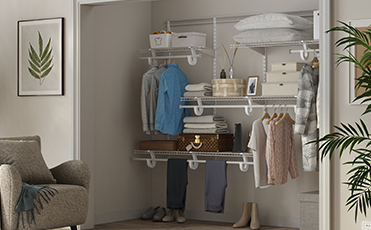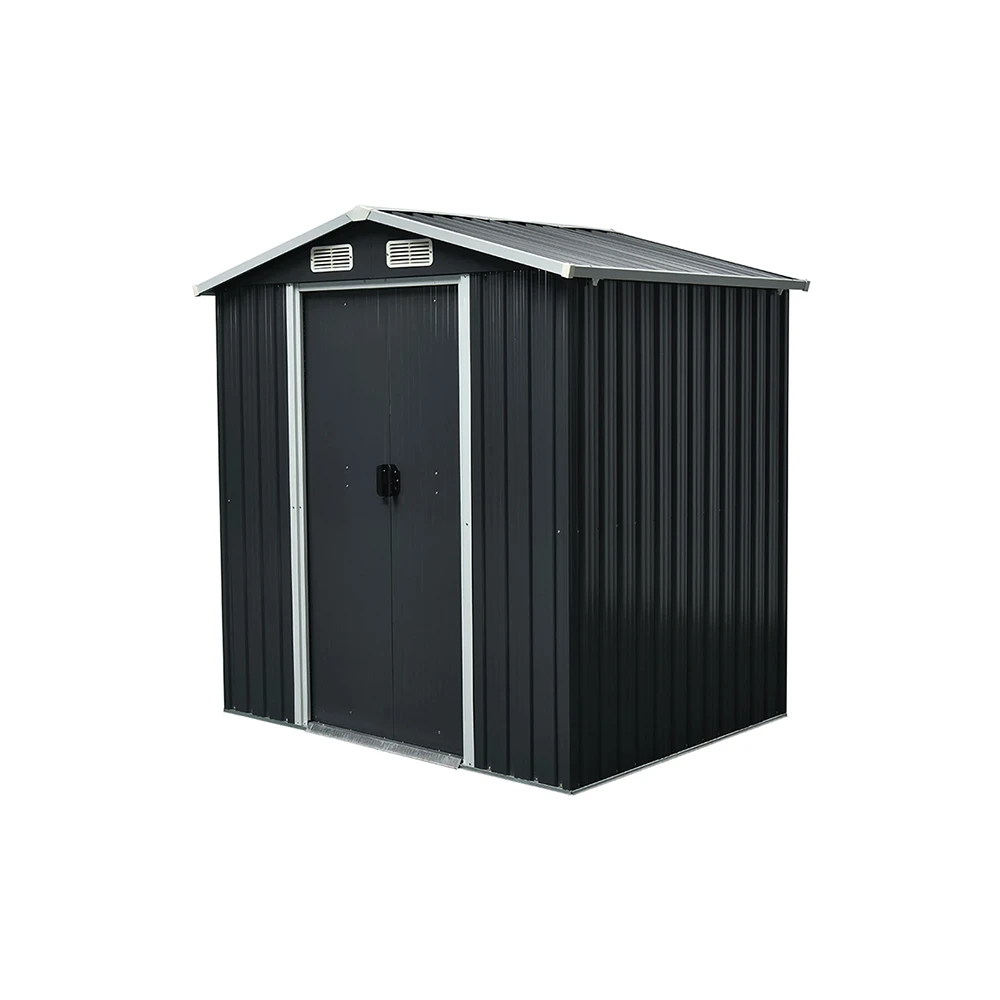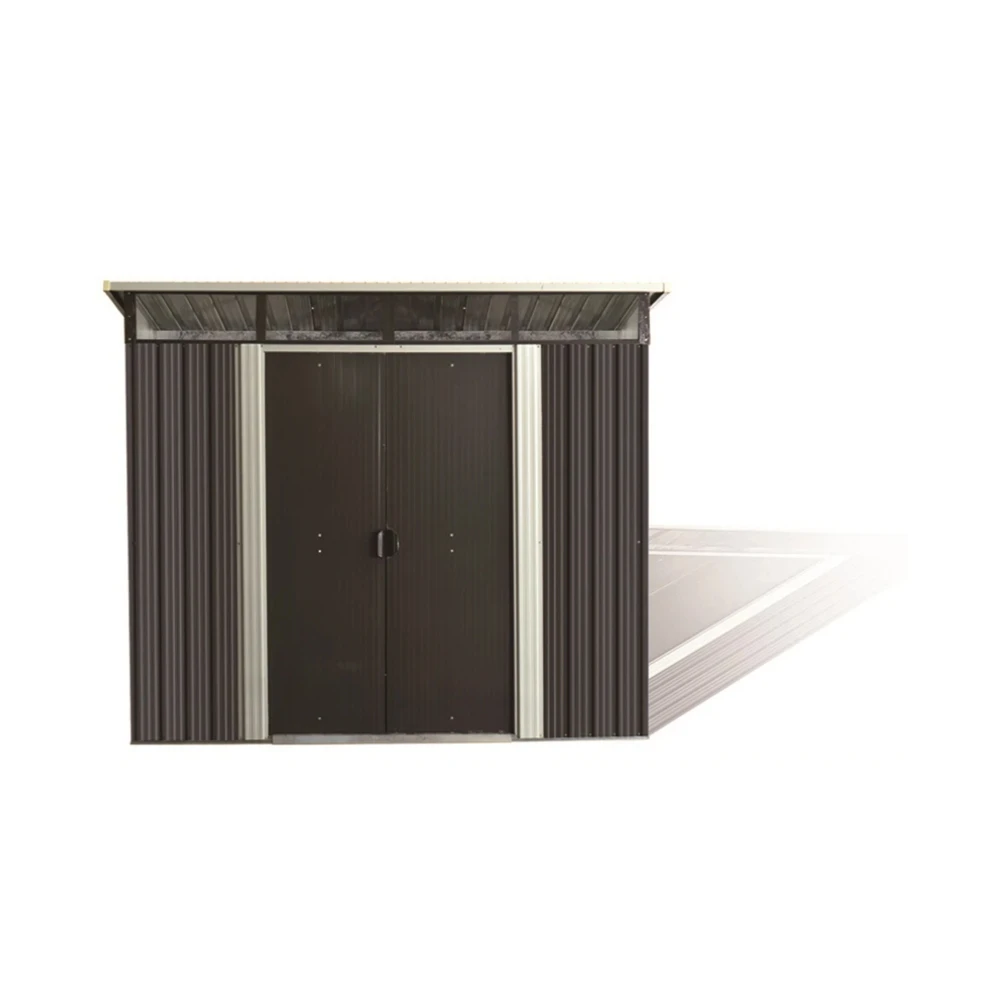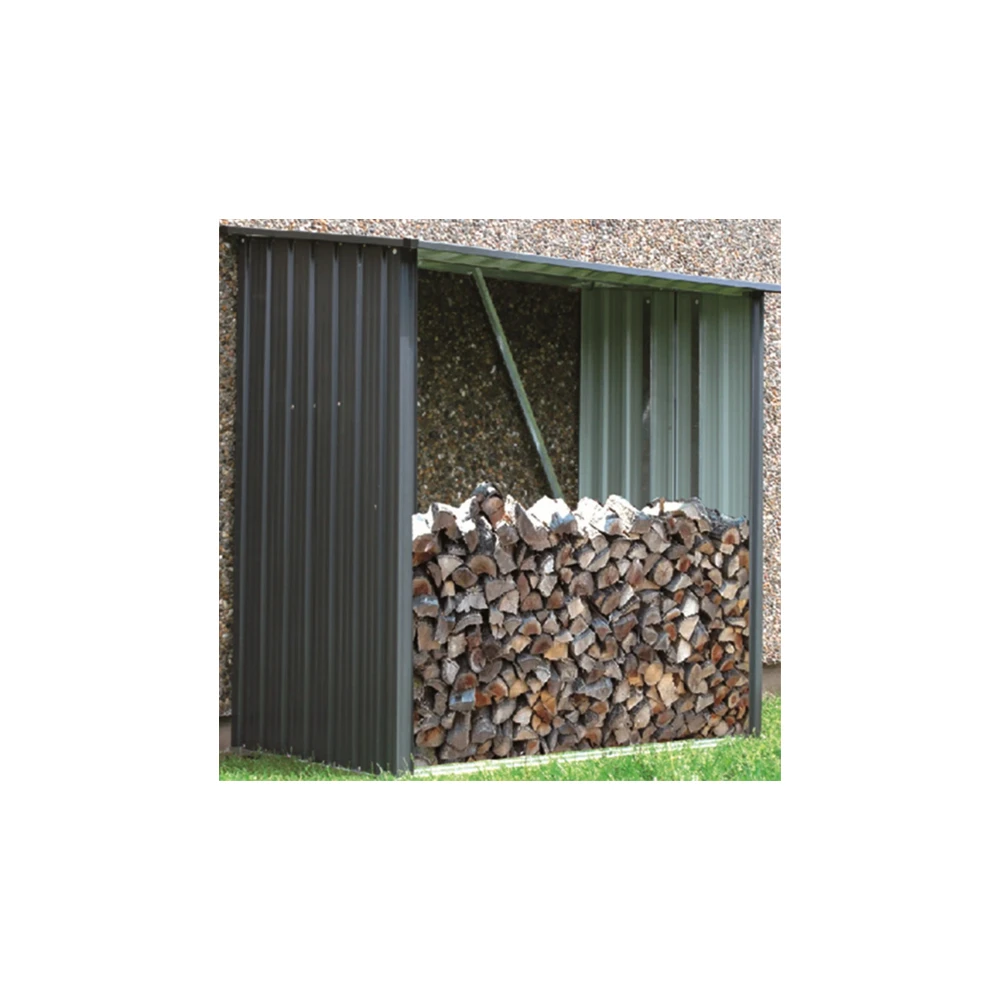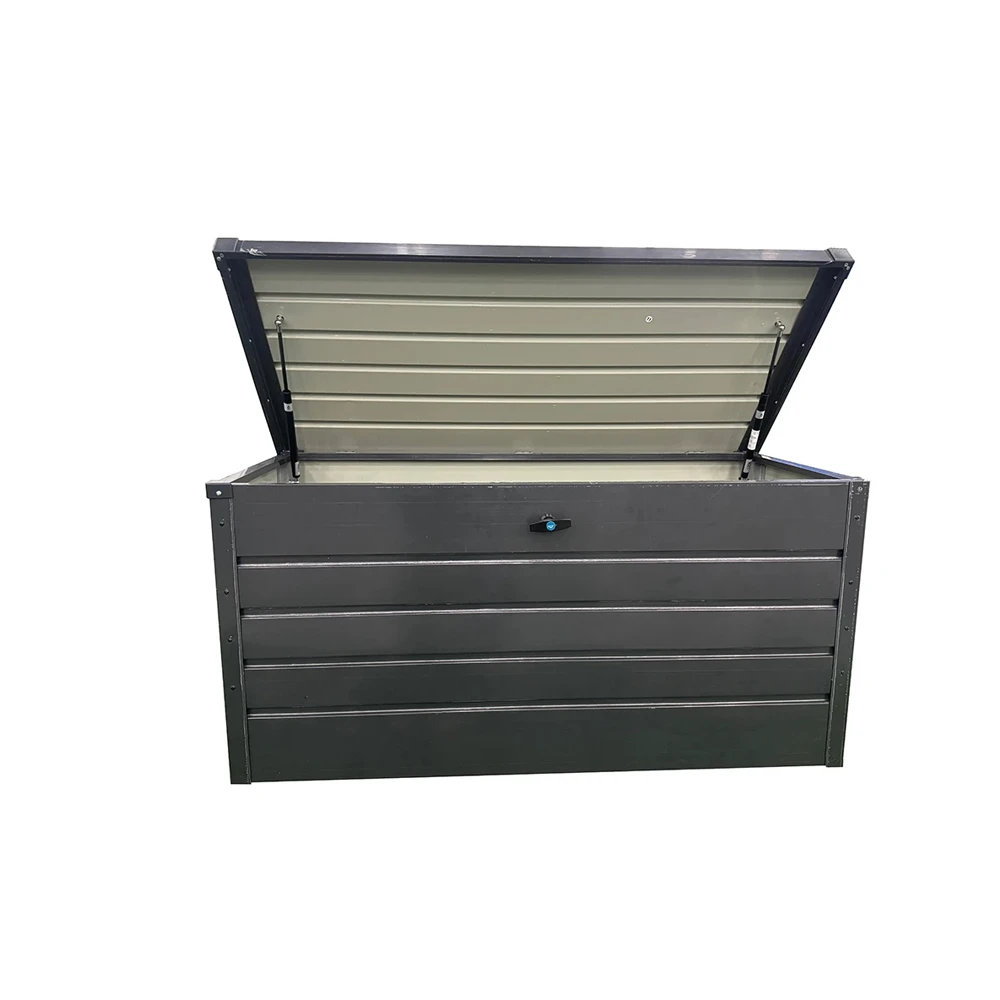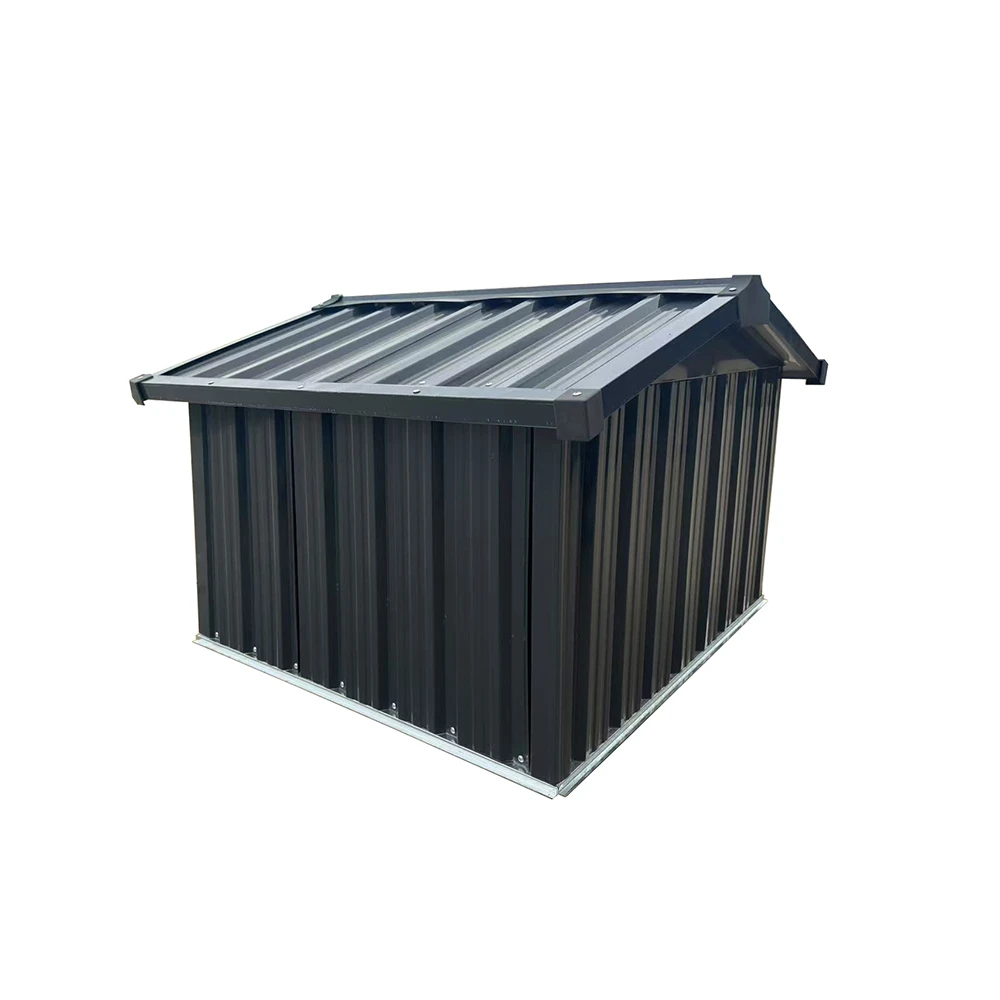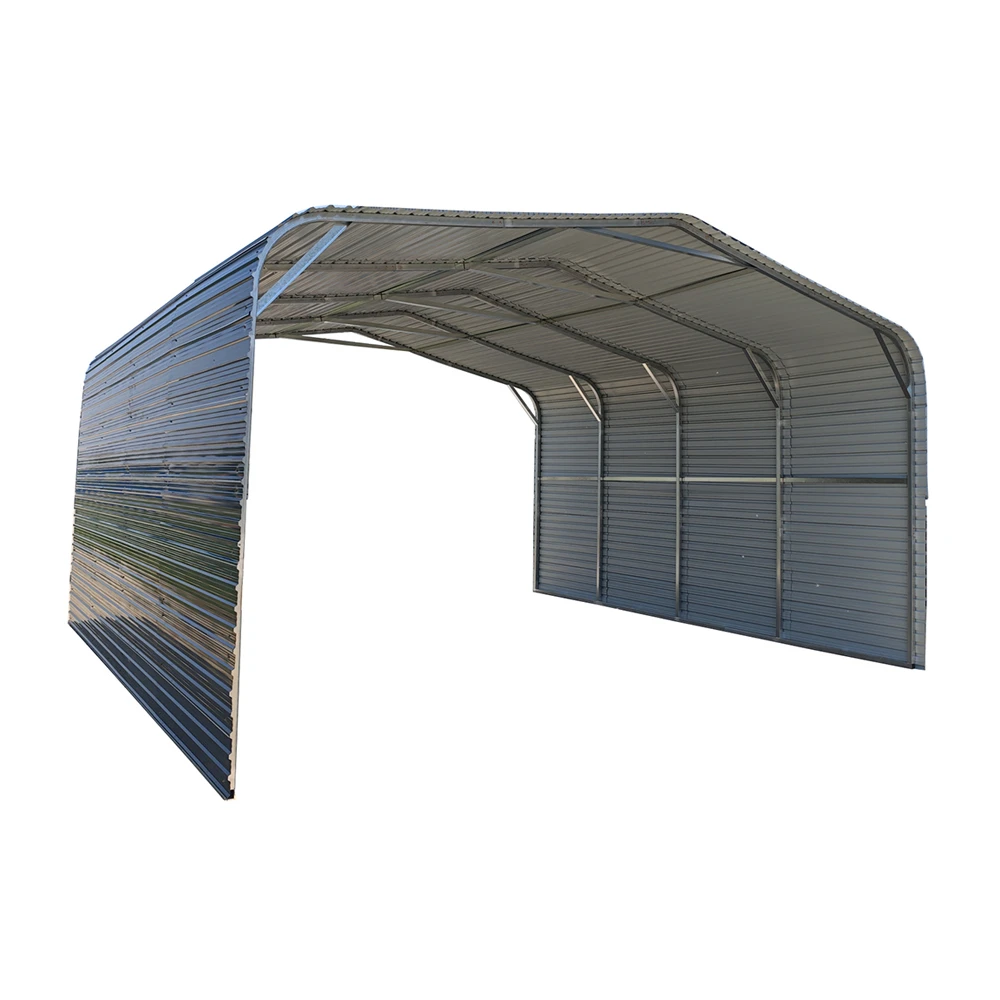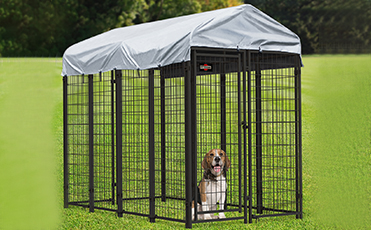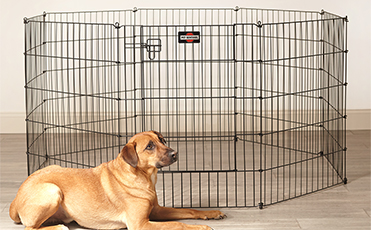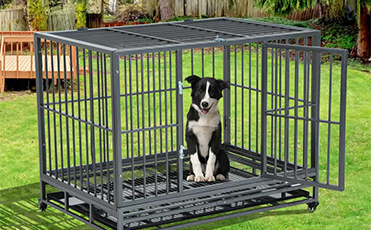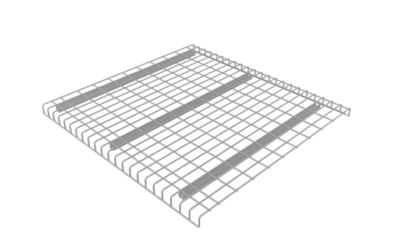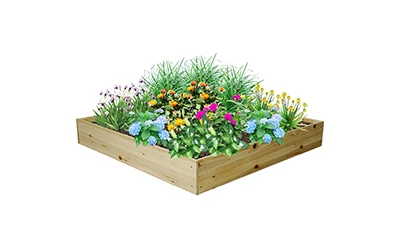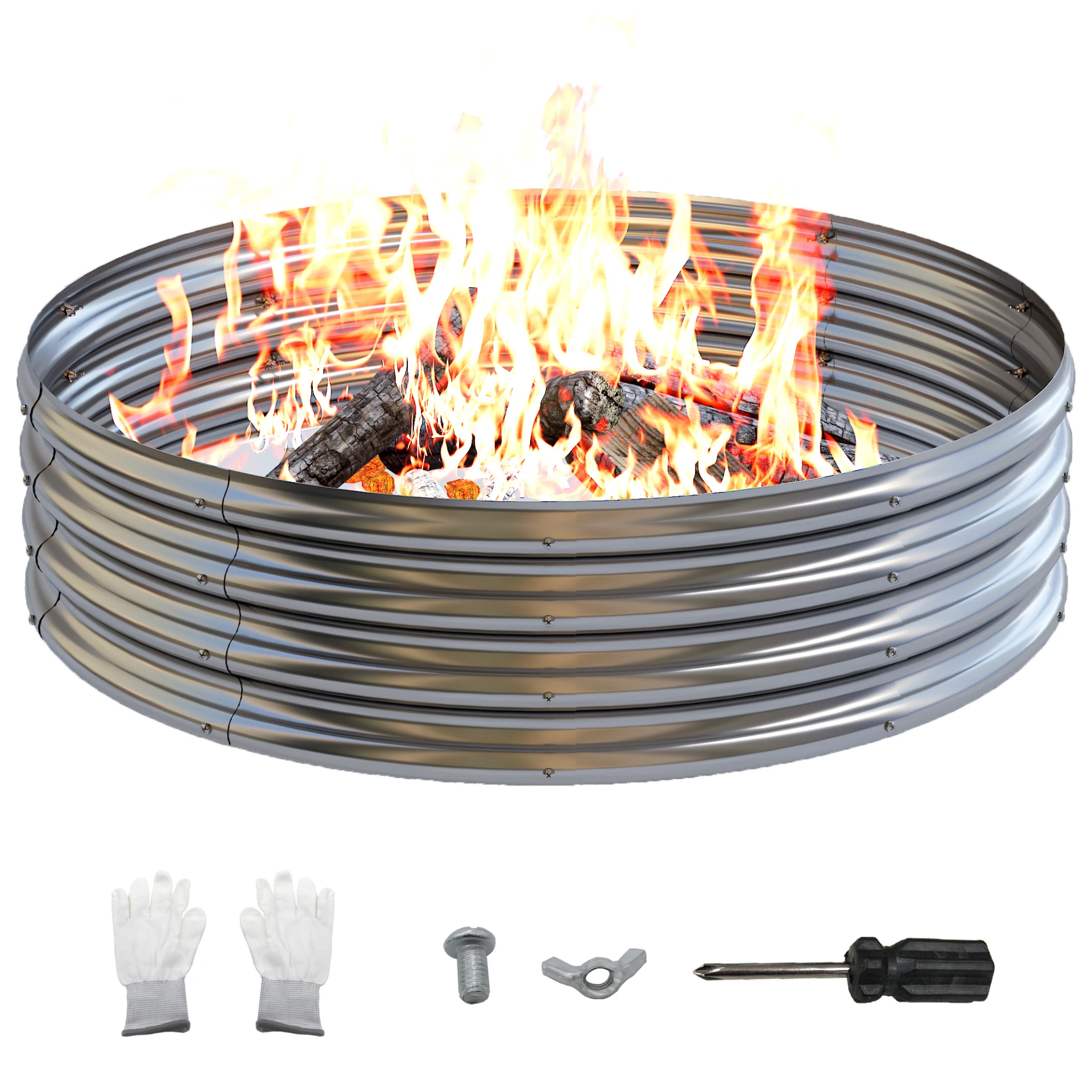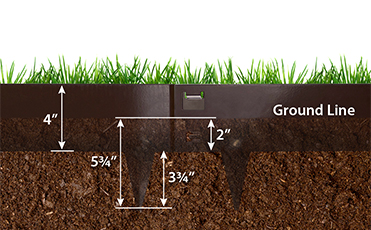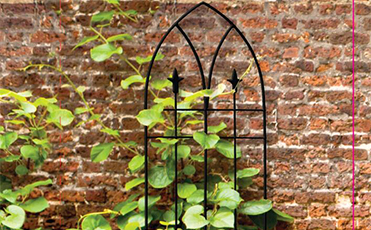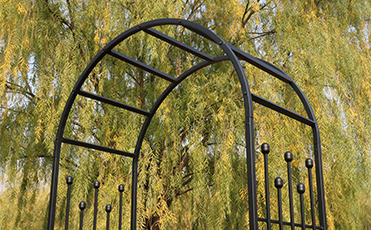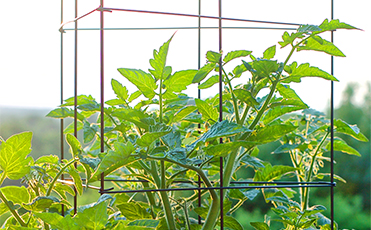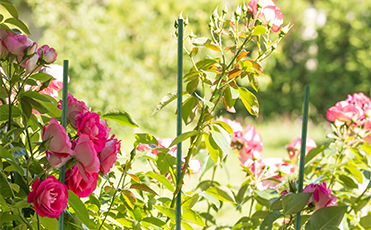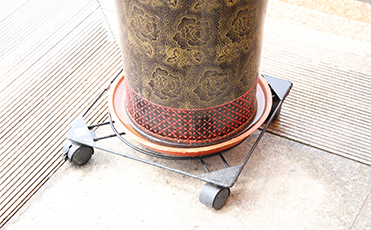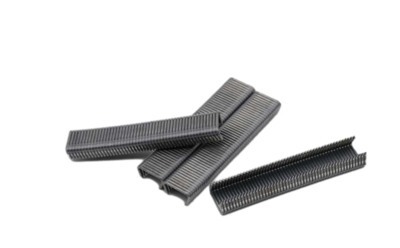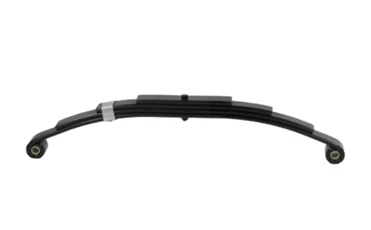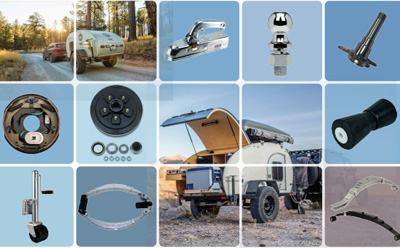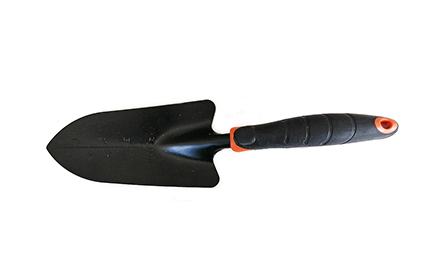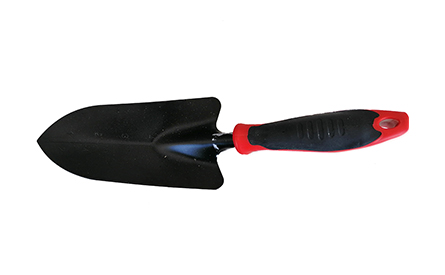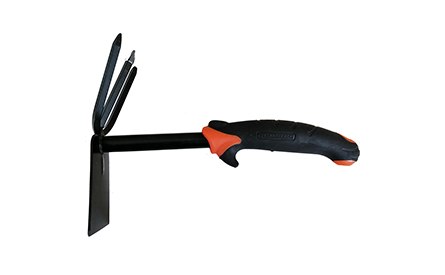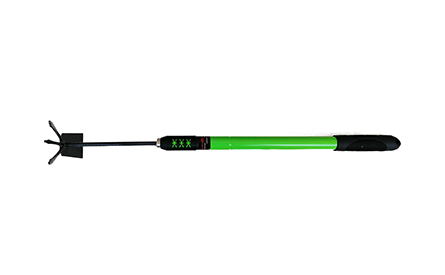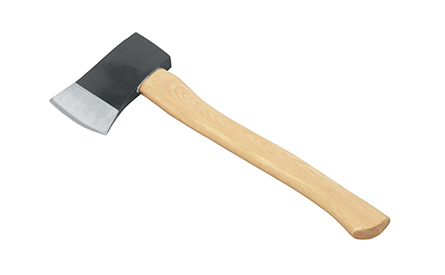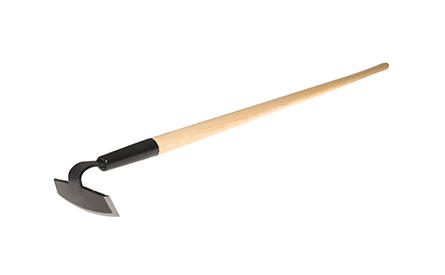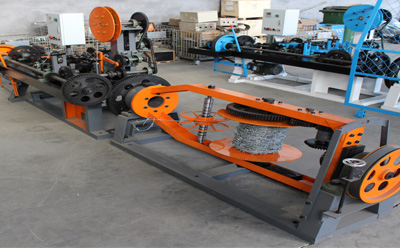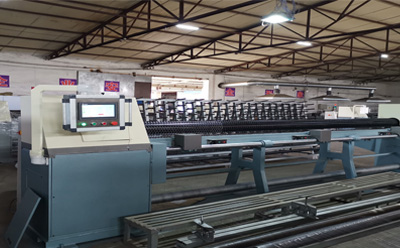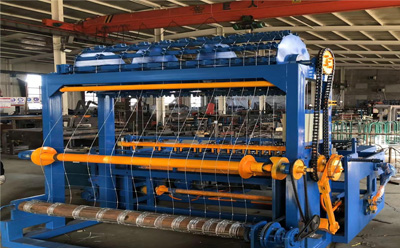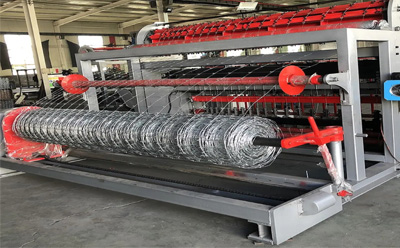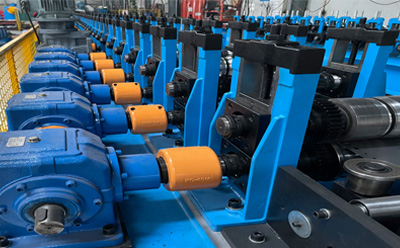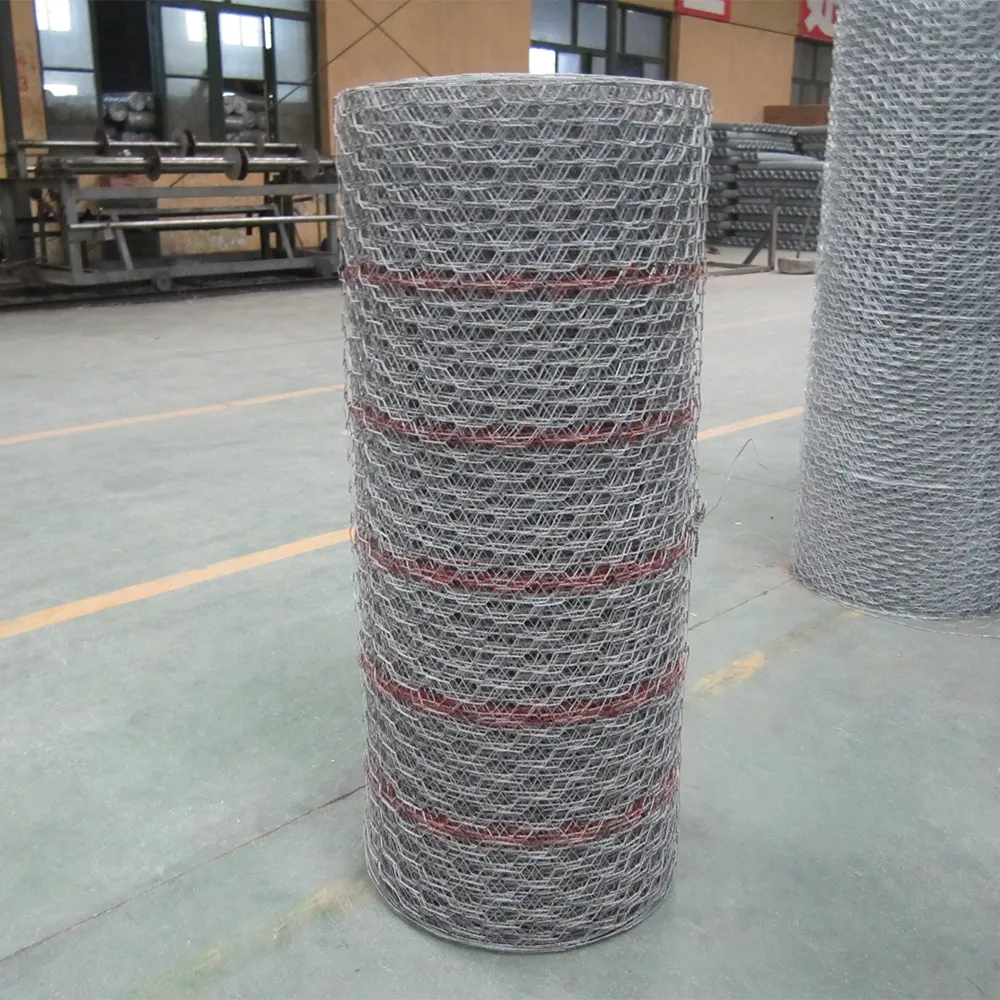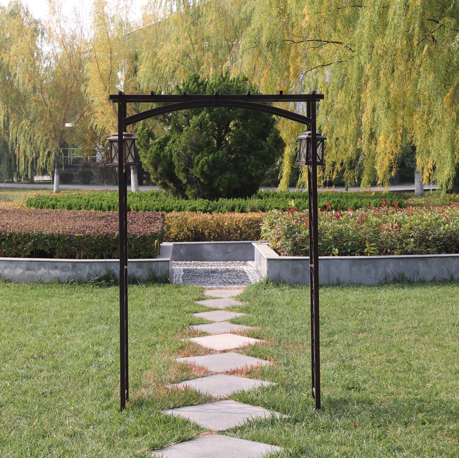Durable Metal Fence Post Solutions for Modern Fencing Needs
Nov . 19, 2025 14:49
Understanding the Metal Fence Post: A Modern Essential
When you first hear metal fence post, it might just sound like another industrial product lurking in the background of construction sites. But honestly, these simple posts are quietly underpinning everything from farm security to disaster relief fencing worldwide. They might seem like just steel rods sticking out of the ground, but their impact spans continents, industries, and even humanitarian efforts.
Why does this matter globally? Well, fences are often the first line of defense or border in both urban and rural environments. The metal fence post offers an efficient, durable, and sustainable solution. Understanding their role helps industries plan smarter infrastructure and aid agencies respond faster — critical in today's increasingly unstable world.
The Global Context of Metal Fence Posts
There's a quiet revolution happening in fencing technology. According to the International Organization for Standardization (ISO), quality metal fencing components have increased global supply chain resilience by roughly 20% over the past decade. That may sound abstract, but think about how many kilometers of fences—border security, farms, industrial zones—now rely on reliable posts like the metal fence post to hold everything together.
However, a key challenge remains: traditional wooden posts degrade rapidly due to environmental factors, demanding frequent replacements and causing logistical nightmares. As global infrastructure expands, particularly in developing zones and post-disaster areas, robust fencing solutions like the metal fence post become indispensable.
What Exactly Is a Metal Fence Post?
Put simply, a metal fence post refers to a standardized steel post designed for fencing applications, typically around nine feet in length, though sizes vary. These posts feature pre-drilled holes or slots to attach wire mesh, wire strands, or panels securely. Their strength and adaptability make them a favorite choice for cattle ranches, construction sites, and even sensitive border zones.
More than just steel rods, these posts connect modern industrial needs with practical durability. From the precision-milled design to galvanized coatings that fend off rust, they are a fusion of technology and purpose, a small yet critical piece in the larger fencing puzzle.
Key Factors That Make the Metal Fence Post Stand Out
Durability and Rust Resistance
Thanks to galvanization and sometimes powder coating, these fence posts can last upwards of 25 years outdoors — a feature especially prized in harsh climates where moisture or salt can quickly degrade untreated materials. I’ve seen many engineers and farmers swear by the longevity, saving cost and labor over time.
Ease of Installation
The metal fence post is designed with convenience in mind. They’re hollow, lightweight (relatively speaking), and often compatible with simple post drivers, which means fence lines can be erected quickly — a massive plus in remote or emergency locations.
Cost Efficiency
Compared to custom or exotic materials, these posts offer a great value balance. They’re widely available, often recyclable, and require minimal maintenance — all catering to budgets tight on both time and money, whether in agricultural or industrial applications.
Versatility and Scalability
One size rarely fits all, but the metal fence post comes close by being versatile. You can use them with wire mesh, barbed wire, or larger panels, scaling fencing projects from small gardens to multi-kilometer borders.
Environmental Impact
Oddly enough, metal posts tend to be more eco-friendly in the long run than wooden alternatives. Not only do they help reduce deforestation, but the recyclable nature of steel means less waste — a subtle sustainability win.
Mini takeaway:
- Metal fence posts offer a durable, cost-effective, and sustainable fencing solution.
- Designed for rapid installation and versatility, they are used across diverse environments.
Global Applications & Real-World Use Cases
Across the world, numerous sectors lean on the metal fence post. In agricultural heartlands like Australia and the American Midwest, they're crucial for managing livestock safely. In industrial zones across Europe and Asia, they delineate property lines and secure construction areas.
Humanitarian organizations have increasingly adopted these posts too. For instance, UN agencies use them to quickly erect refugee camp perimeters post-natural disasters — a rapid, practical solution when time is tight and safety is paramount.
Even in remote mining operations in South America or African countries, these metal posts withstand tough terrain and variable weather better than wooden counterparts, ensuring operational continuity.
Advantages & Long-Term Value of Metal Fence Posts
It may feel simple, but investing in quality metal fence posts can generate long-term social and financial dividends. Ranchers who switch from wooden to metal posts often report fewer security breaches and less maintenance downtime. Industrial clients appreciate minimizing shutdowns caused by fencing failures.
On the emotional side, knowing your property or loved ones are protected by reliable fencing fosters peace of mind — trust that technology and design have your back. It’s innovation, but felt at ground level.
Product Specification Table
| Specification | Details |
|---|---|
| Length | 9 feet (standard) |
| Material | Galvanized Steel |
| Coating | Hot-dip Galvanized or Powder Coated |
| Hole Spacing | 12-18 inches apart for attachments |
| Weight | Approx. 5-7 kg per post |
| Life Expectancy | 20-25 years outdoors |
Vendor Comparison: Metal Fence Post Suppliers
| Supplier | Galvanization Type | Price Range (per 100) | Lead Time | Customization Options |
|---|---|---|---|---|
| Hebei Minmetals | Hot-Dip Galvanized (ISO 1461) | $250 - $300 | 2 - 3 weeks | Custom lengths, hole patterns |
| SteelPro Corp. | Powder Coated Zinc | $260 - $320 | 4 weeks | Standard lengths only |
| FenceTech Ltd. | Galvanized with Acrylic Finish | $240 - $290 | 1 - 2 weeks | Custom colors, hole patterns |
Looking Ahead: Trends & Innovations in Metal Fence Post Usage
There’s quite a bit brewing on the horizon for fencing tech. Environmental concerns are pushing manufacturers toward more sustainable production processes, using recycled steel and non-toxic coatings. Digital transformation even touches fencing — imagine smart posts embedded with sensors tracking fence integrity or wildlife movement.
Automation in installation is another talking point. Robotic post drivers and drones for site mapping are slowly becoming realities, making the deployment of metal fence posts even faster and less labor-intensive. It feels like fencing is ready to shake off its old “rustic” image.
Challenges & Practical Solutions
Not everything is rosy, of course. Corrosion remains a tough enemy if posts aren’t maintained or if coatings are damaged. High upfront costs sometimes discourage smaller landowners from switching to metal posts. Transportation can also be a bottleneck for remote regions.
The solution? Proper site prep, quality control during manufacturing — like ISO 1461 galvanization standards — and leveraging local suppliers to cut costs and lead times. A bit of planning goes a long way in offsetting these hurdles.
FAQs About Metal Fence Posts
- Q: How long do metal fence posts typically last outdoors?
A: When properly galvanized and installed, these posts can last between 20 to 25 years, withstanding most weather extremes without significant degradation. - Q: Can I customize the hole spacing on metal fence posts?
A: Yes! Many suppliers, including Hebei Minmetals, offer custom hole patterns and lengths to accommodate specific fencing needs. - Q: Are metal fence posts eco-friendly compared to wooden ones?
A: Absolutely. Steel posts reduce the need for deforestation and are highly recyclable, offsetting their initial manufacturing footprint over the long term. - Q: What tools do I need for installing metal fence posts?
A: Typically, a manual or hydraulic post driver is sufficient. For larger projects, specialized machinery can speed up installation. - Q: How do I maintain these metal fence posts?
A: Regular inspections for paint or coating damage and prompt repairs can prolong lifespan. Avoiding soil conditions with high corrosivity also helps.
Conclusion & Next Steps
Clearly, the humble metal fence post does way more than just mark boundaries. It embodies a smart blend of durability, sustainability, and cost-efficiency that fits today’s global infrastructure demands—from farms to factories, emergency zones to urban expansions.
If you’re considering fencing upgrades or new installations, it’s worth exploring these metal posts seriously. They bring reliability and peace of mind that you can literally stake your property on.
Ready to learn more or place an order? Visit https://www.hebeimetals.com and discover how the metal fence post can strengthen your next project.
Key Takeaway:
The metal fence post is a proven, versatile solution that combines sustainable materials with cutting-edge manufacturing to meet global fencing needs.
It’s the quiet hero of borders and boundaries everywhere.
References
Copyright © 2025 Hebei Minmetals Co., Ltd. All Rights Reserved. Sitemap | Privacy Policy


